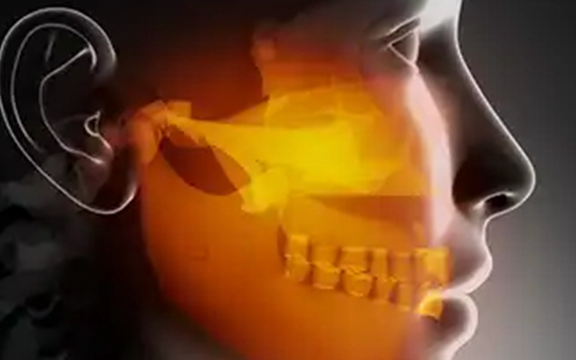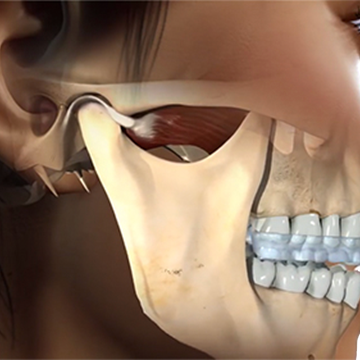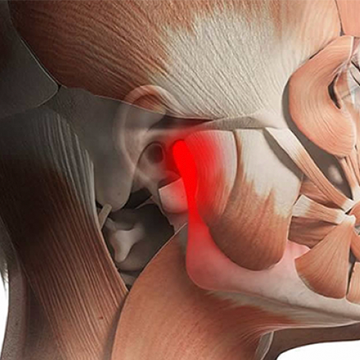The Temporomandibular Joint (TMJ) is a type of joint that connects the lower jawbone to the skull and acts like a sliding hinge. We have two jaw joints on each side of our jaws, one on the right and one on the left.
TMJ disorders (diseases) can cause pain in the jaw joint and chewing muscles (masseter and temporalis) that control jaw movement.
It is often difficult to diagnose the exact cause of TMJ disorders in patients. Pain can be caused by a combination of factors such as genetics, arthritis (inflammation of the joints) or jaw injury.
Although some patients with jaw pain tend to clench or grind their teeth (bruxism), not all patients who clench or grind their teeth may have TMJ disorders.
In most patients, the pain and discomfort associated with TMJ disorders are temporary and can be relieved with conservative (non-surgical) treatments. Surgical intervention is inevitable as a last resort if conservative treatments fail to produce results.
Symptoms of TMJ diseases are generally as follows:
- Pain or tenderness in the jaw
- Pain or tenderness in the temporomandibular joints
- Pain inside the ear
- Difficulty or pain in chewing
- Facial pain
- Joint locking, difficulty closing or opening the mouth
TMJ disorders can cause noise when opening the mouth or chewing. However, if there is only sound and no other pain or limitation of movement, there is usually no need for treatment for TMJ disorder.
Factors that may increase the risk of TMJ diseases:
- Various types of arthritis (rheumatism) such as Rheumatoid Arthritis and Osteoarthritis
- Jaw injury
- Long-term (chronic) teeth grinding or clenching (Bruxism)
- Some connective tissue diseases affecting the Temporomandibular Joint
TME Diagnosis of Diseases:
- Diagnosis of joint diseases is based on clinical and radiological examination.
- In the clinical examination; a detailed intraoral and extraoral muscle joint and jaw examination is performed. Restriction of movement in the jaws is also examined. Palpation (examination with finger) is done from inside the ear.
- Radiologic examination; conventional jaw x-ray (panoramic x-ray) to examine the teeth and jaw bones,
- CT (computed tomography) scan to provide detailed images of the bones in the joint,
- An MRI (MRI scan) is performed to diagnose problems with the articular disc or the surrounding soft tissue (muscles and ligaments).
TME Treatment of Diseases:
Treatment is divided into 2 as Conservative Treatment and Surgical Treatment.
Conservative Treatments: Occlusal Splint (individualized joint plates) Botox Injection and Muscle Therapies.
Surgical Treatments: Arthrocentesis (intra-articular washing) Arthroplasty (intra-articular injection of hyaluronic acid etc.) Discectomy, Coronoidectomy, Condylectomy, Joint Prosthesis.
If there is constant pain, discomfort or tenderness in the jaws, if the jaw cannot be opened and closed completely, you should definitely consult your doctor for treatment.










